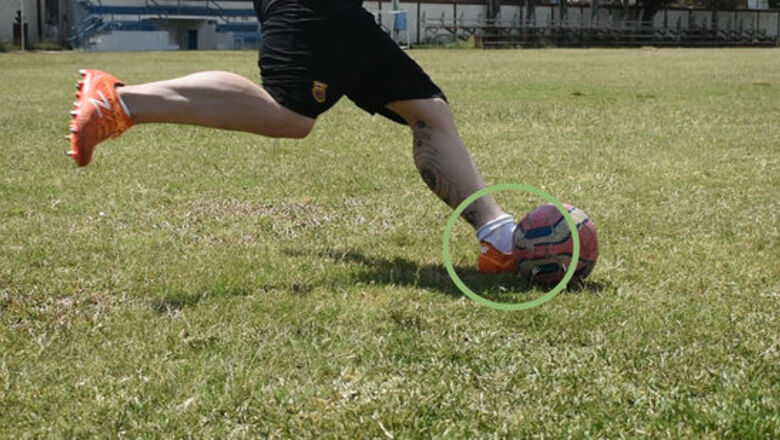
views
Bending with the Inside of Your Foot
Take your approach at a slight angle from the ball. Approach the ball as you would normally, except prepare to hit the ball with the inside of your striking foot. Generally, your body alignment will not be facing the goal. If you're kicking the ball with your inside right foot, your body will be faced slightly to the right of the target. If you're kicking the ball with your inside left foot, your body will be faced slightly to the left of the target.

Mind your plant foot as you begin to kick the ball. Your plant foot is the foot that you aren't kicking with, the foot that will be the anchor to your kicking foot. Plant your non-kicking foot facing slightly towards the direction of the initial bend, so that when you strike the ball with the inside of your foot, both feet are almost parallel(~.3 m) away. Place it far enough away so that you can easily hit the ball with the inside of your foot, but close enough so that you don't have to strain to get there, taking power away from your shot.

Keep the hand that's on the plant side of the body out for balance. You're moving through the ball, and your body is curving slightly as it kicks the ball. Keeping your plant-side hand out and up while you kick will help add power to your shot and give you balance on the follow-through.
Hit the ball with the inside of your foot. This is just where your toe ends and your foot begins. The ball will roll back along the inside of your foot. You should be striking the ball in the bottom left corner if you're shooting the ball with your right foot. Look at the ball straight on as if it were a circle and imagine a cross (+) across the center of it. For a right-footed strike, hit the bottom right quadrant of the ball. For a left-footed strike, hit the bottom left quadrant of the ball.

Do not move your plant foot. This foot should still be pointing down. Keep it balanced and firm with the help of your arms.
Swing your kicking leg in towards the goal after you kick. Try to bring your kicking leg across your body, so that you exaggerate the outside-inside swinging motion and are sure to follow through with your kick.
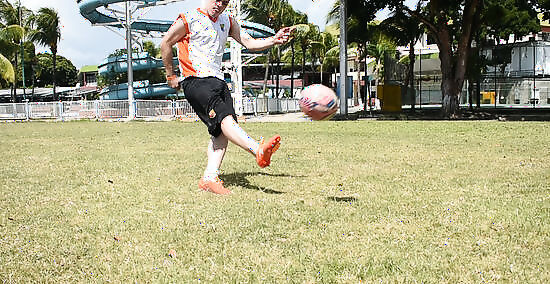
Strike from under the ball to lift it. If you want lift on your ball, strike it from underneath it. There should be sufficient lift to take the ball up and over the wall. As your foot comes across and around, you create ball spin, which will make the ball bend and dip! You can increase the height at which the ball rises by leaning your shoulders back during contact. Remember to put enough spin and dip on it to bring it goal-wards again. Lean back if you want the ball to go up or lean forward if you want to curl the ball downwards. This technique can be performed using any kick with the same results.
Bending with the Outside of your Foot
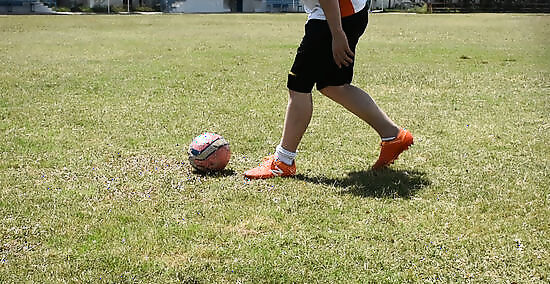
Approach the ball with a slight outside angle to your target. For a right-footed kick, this means approaching the ball and aiming just to the left of your target.
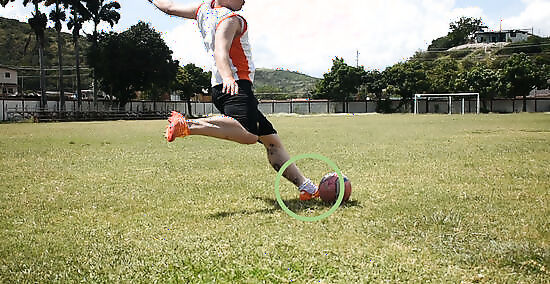
Place your plant foot correctly. Aim your plant foot to the left of your target. Your plant foot is going to be farther back and farther away from the wall than you would be trying and inside-bend shot. Keep your plant foot stationary as you prepare to kick the ball and then eventually kick it. Moving your plant foot will interfere with the continuous motion of your kicking foot, leeching power from your shot.
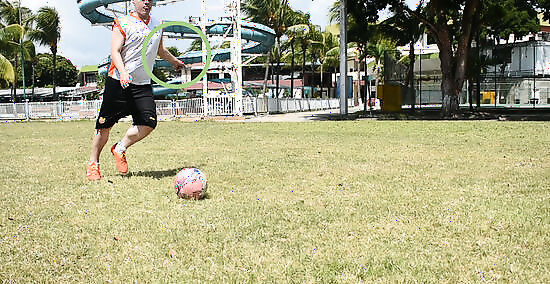
Keep the hand out on the plant side of the body for balance and power. Again, having a hand out for support and balance is important here. Your hand doesn't need to be all the way up in the air but it shouldn't be completely on the side of your body.

Hit the ball with the outside of your foot. Bring your striking foot across your body as you do this. If you're putting a cross (+) on the ball and you're approaching to hit with the right foot, you're going to want to hit the bottom middle, or bottom left, of the ball.
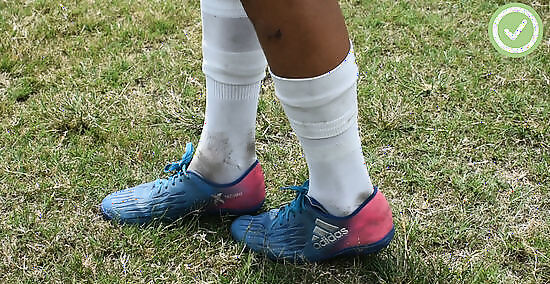
Follow through by swinging your kicking leg across your body. You do this much like you would on an inside bend kick. The motion is similar, but the results are different because you're striking the ball with the outside of your foot. Right-footed players are trying to get the ball to spin clockwise by hitting it on the outside of their foot and then moving the foot left, across their body. Left-footed players are trying to get the ball to spin counter-clockwise by hitting it on the outside of their foot and then moving the foot right, across their body.















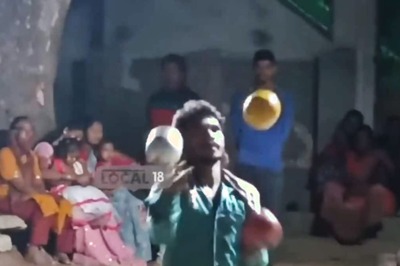


Comments
0 comment